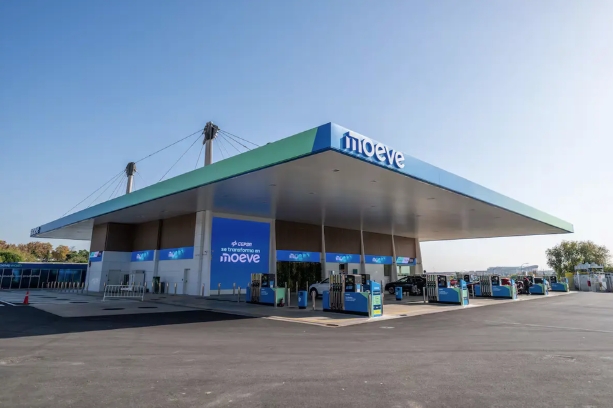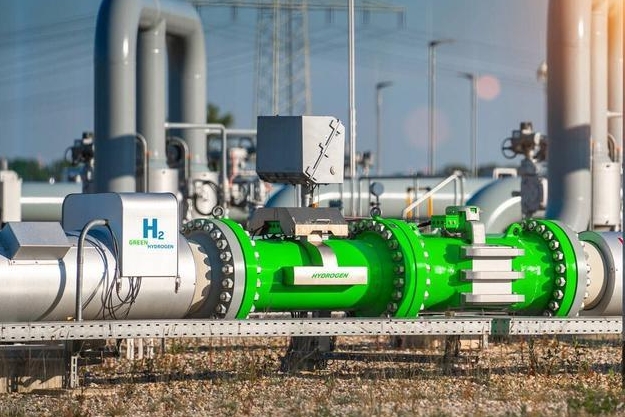
The station in Chile's northern town of Calama will be used by the country's civil aviation authority DGAC, powered by 340 solar panels and adjacent batteries placed under Calama's abundant sunlight. The radars use around 1 megawatt of power per hour.
"Our team in Brazil had already been working on technological developments based on alternative energy sources for a few years, so we decided to take on this challenge," Thales' Brazil head Luciano Macaferri said in an interview.
"No one had ever made a 100% off-grid radar."
The project contract was signed in 2021 after DGAC solicited air traffic control proposals for the desert area, Macaferri said.
"We had to build two bridges to move equipment there over nearby gas pipelines," he noted. "And while preparing the site, we found some archeological artifacts. So we got in touch with local Indigenous groups and they demarcated part of the area."
Thales is now keen to build similar projects elsewhere, also using other sources such as wind and hydropower.
"This was a first example. It ended up being out of Brazil, but we already see many airports interested in (renewable energy) to reduce their carbon footprint," Macaferri said.







